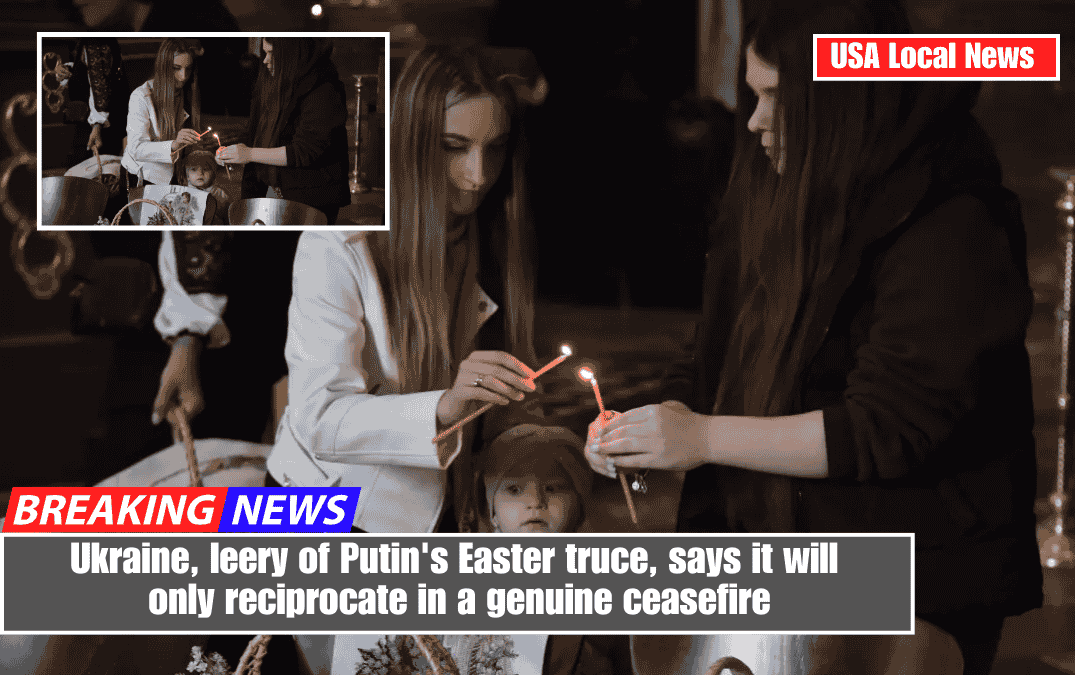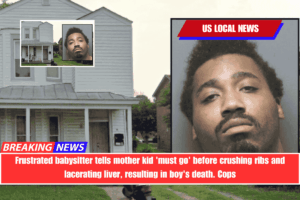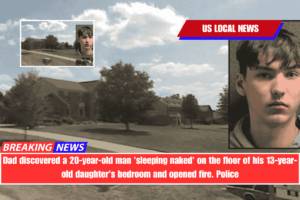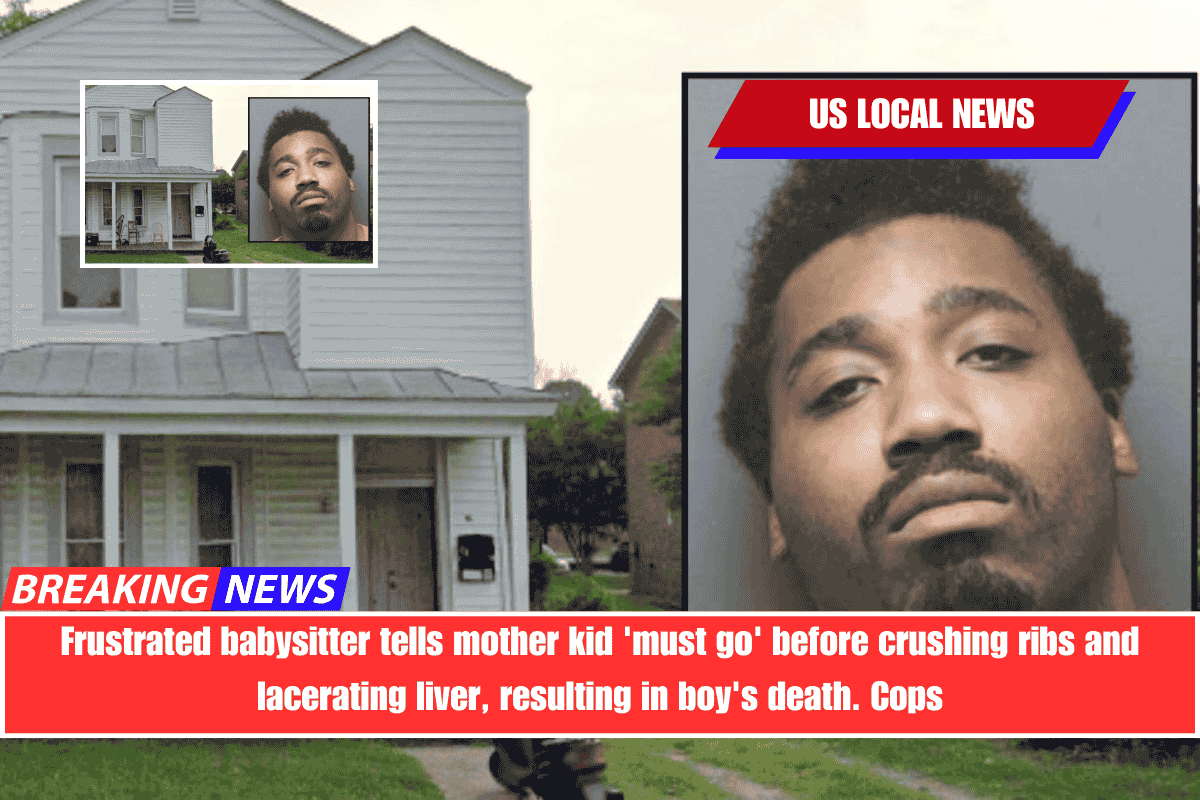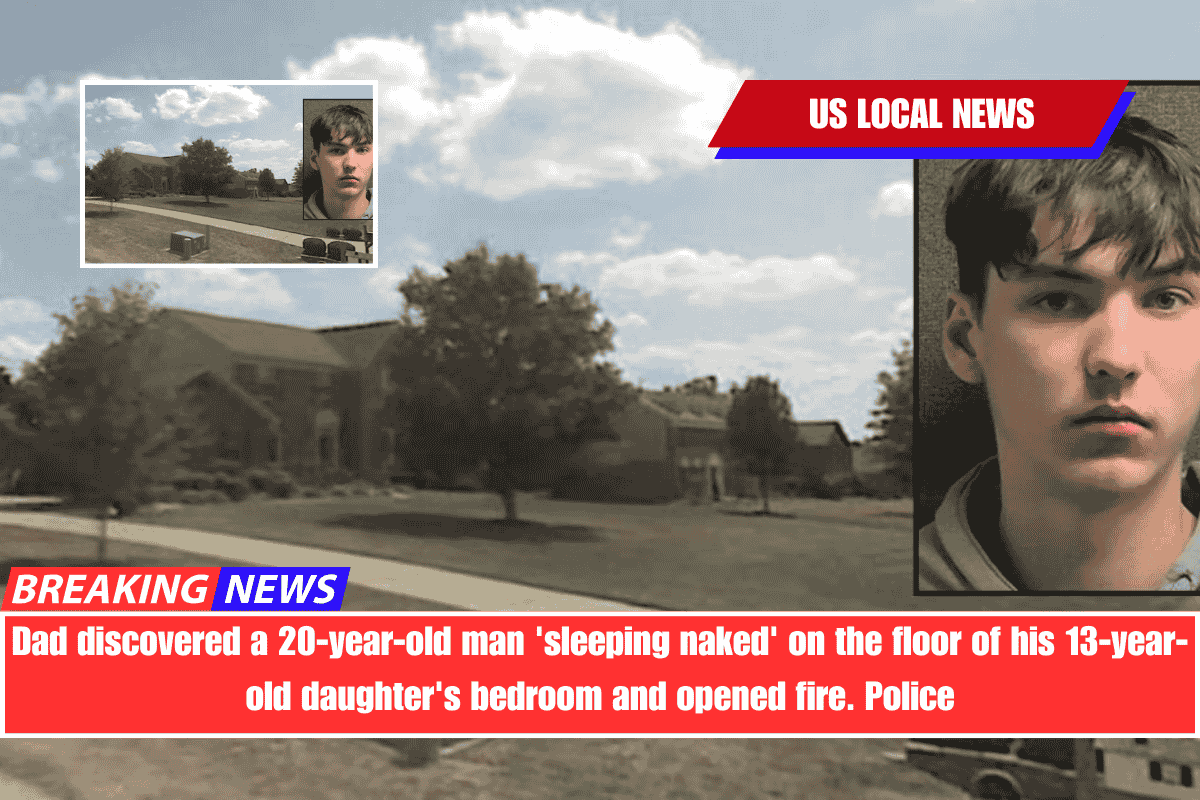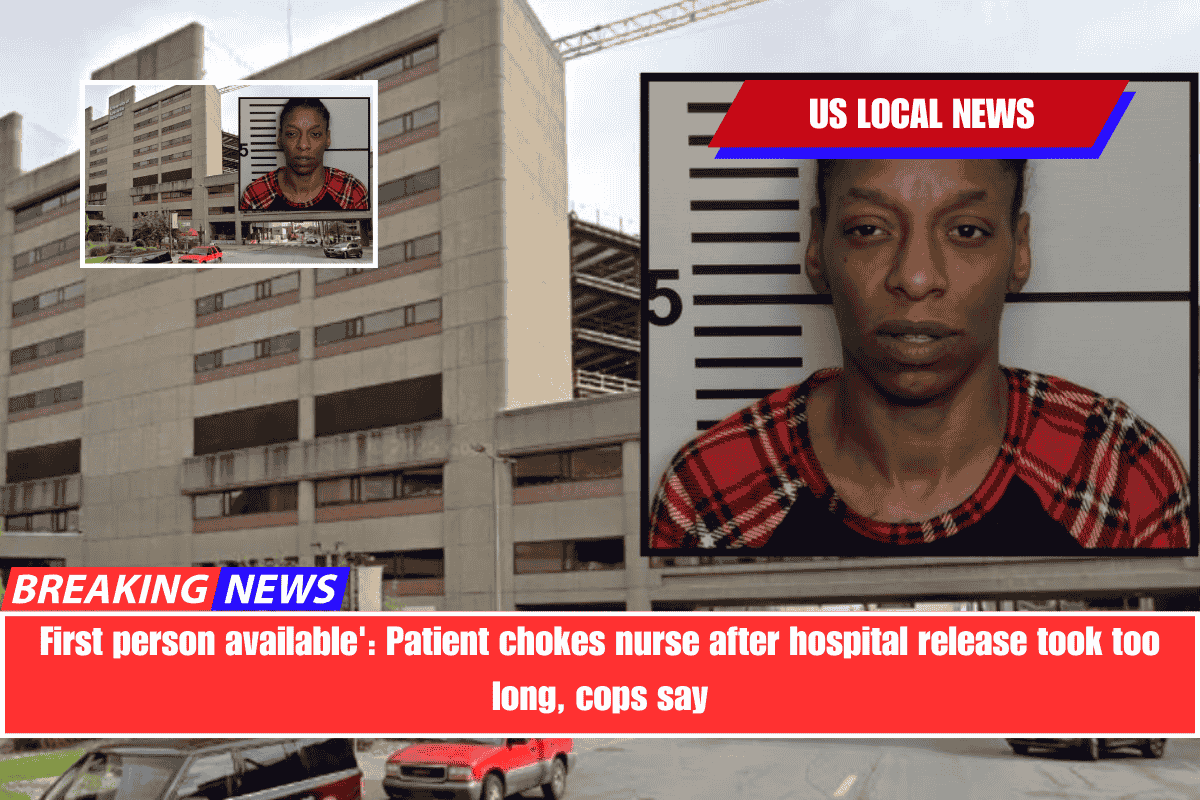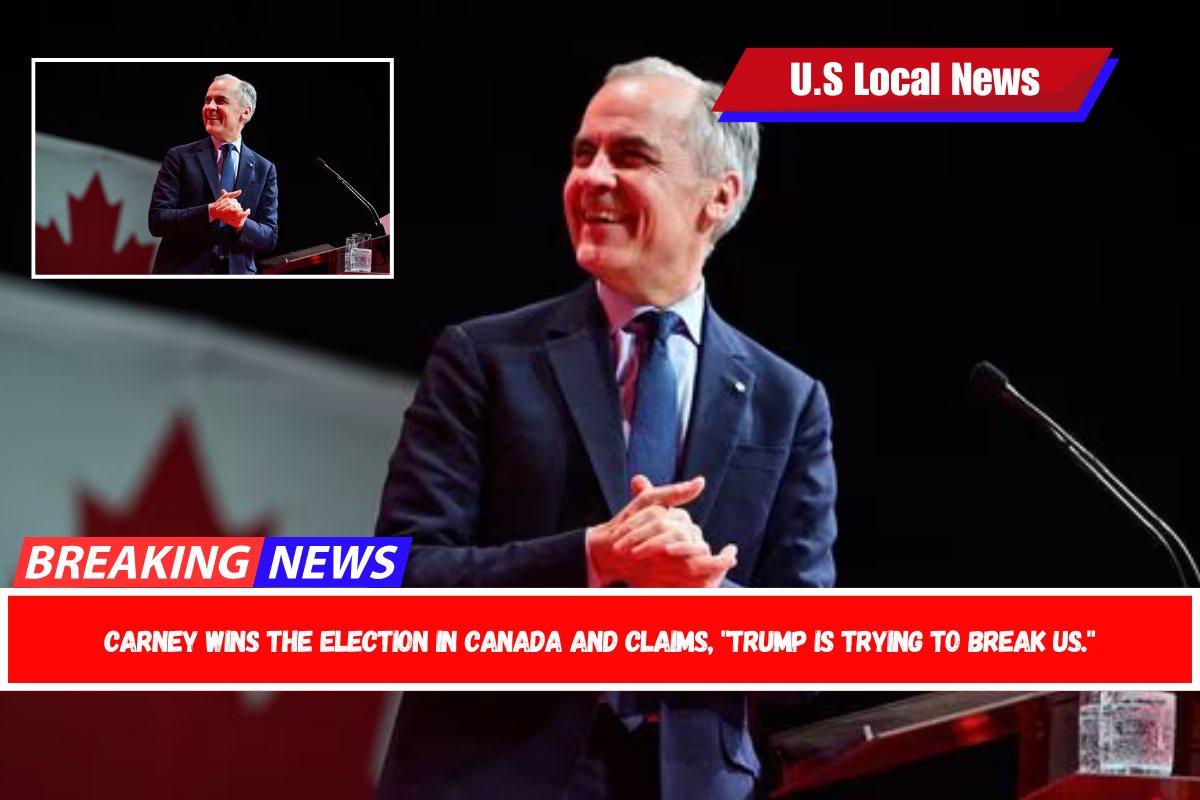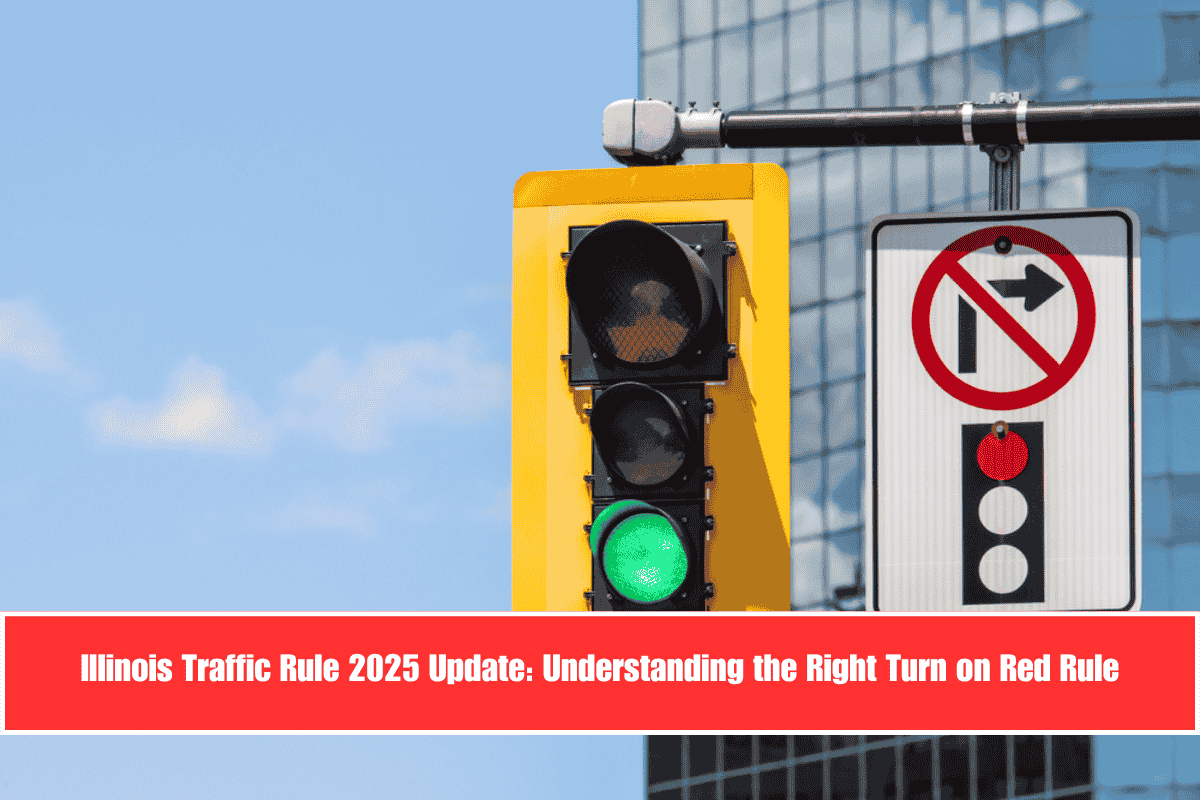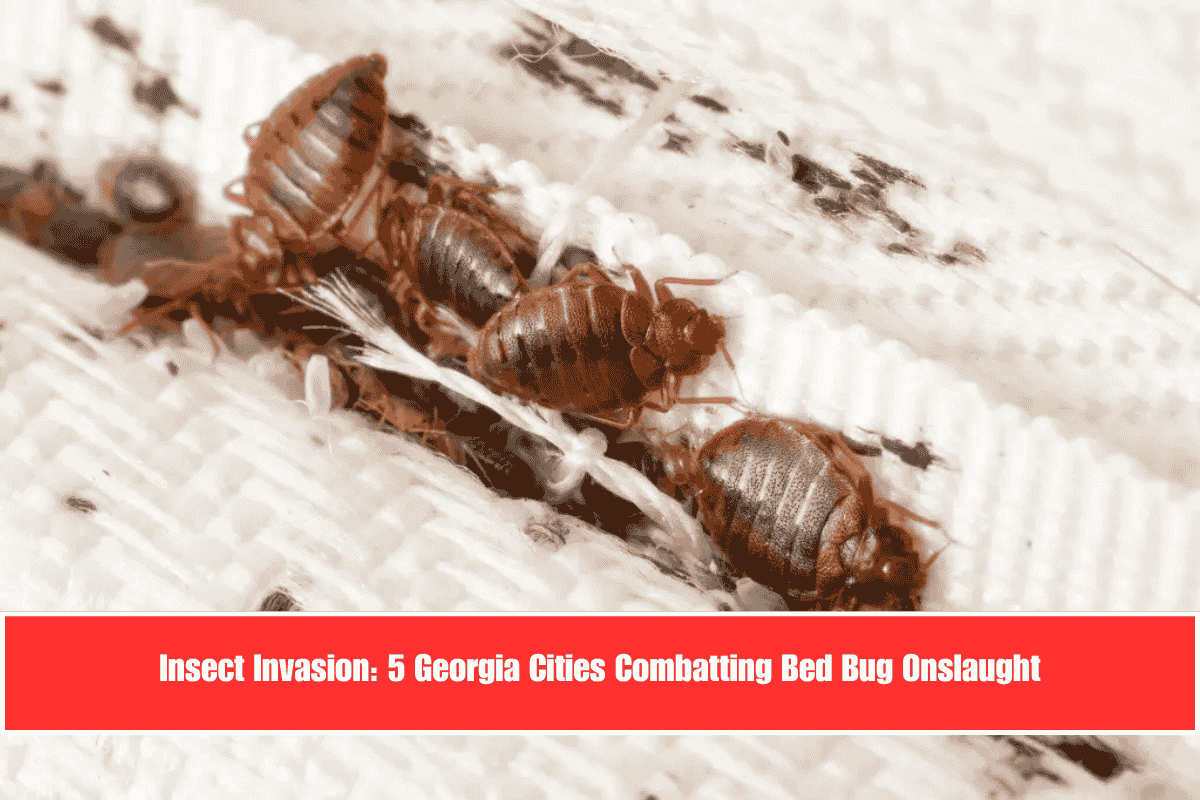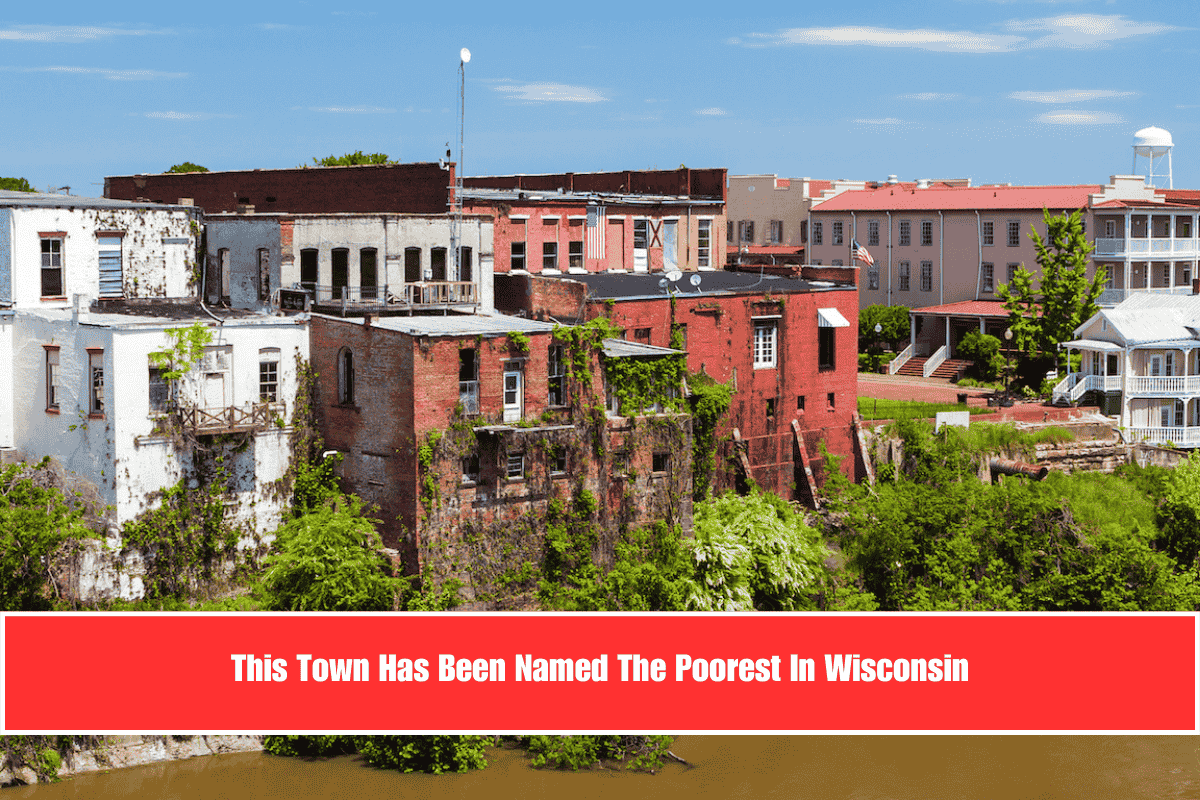Ukraine stated that it would reciprocate in any genuine ceasefire by Moscow, but expressed skepticism after Russian President Vladimir Putin declared a temporary Easter truce in Ukraine on Saturday.
The announcement from Kyiv came as Russia and Ukraine carried out their largest prisoner exchange since Moscow’s full-scale invasion began over three years ago.
Putin declared a temporary Easter ceasefire in Ukraine beginning Saturday, citing humanitarian concerns. According to the Kremlin, the ceasefire will last from 6 p.m. Moscow time Saturday to midnight the following Easter Sunday.
Putin provided no information on how the ceasefire would be monitored, or whether it would include airstrikes or ongoing ground battles that have raged around the clock.
Ukrainian President Volodymyr Zelensky stated that if Russia is truly willing to observe a full and unconditional ceasefire, Ukraine will take the same approach and strike only in defense.
He stated that such a gesture, particularly during the Easter weekend, could reveal Moscow’s true intentions.
“If a full ceasefire truly takes hold, Ukraine proposes extending it beyond Easter Day on April 20,” Zelensky said on Telegram. “That will reveal Russia’s true intentions, as 30 hours are enough for headlines, but not for genuine confidence-building measures.”
According to military reports, Russian assaults and artillery fire are still taking place along parts of the 600-mile front line.
In response to the ceasefire announcement, Ukrainian Foreign Minister Andrii Sybiha stated that Kyiv “agreed unconditionally to the U.S. proposal of a full interim ceasefire for 30 days,” which Russia rejected.
“Putin has now made statements regarding his alleged readiness for a cease-fire. “30 hours instead of 30 days,” Sybiha continued, writing on X. “Unfortunately, we have had a long history of his statements not matching his actions.”
On Saturday, the two sides exchanged hundreds of POWs. According to Russia’s Ministry of Defense, 246 Russian service members were returned from Kyiv-controlled territory, and “as a gesture of goodwill,” 31 wounded Ukrainian POWs were exchanged for 15 wounded Russian soldiers in need of urgent medical care.
Zelensky stated that 277 Ukrainian “warriors” had returned home from Russian captivity.
Both parties thanked the United Arab Emirates for their mediation.
The majority of Ukrainians released in the most recent prisoner exchange are young people born after 2000, according to Ukraine’s Coordination Headquarters for the Treatment of Prisoners of War on Friday.
Dozens of relatives waited outside a hospital in Ukraine’s northern Chernihiv region, where recently freed POWs were brought after the border exchange.
Nataliia Lohvynchuk, 48, rushed toward the bus as soon as it arrived. She hadn’t seen her 23-year-old son, Ihor Lohvynchuk, since before he was kidnapped during the Battle of Mariupol in the spring of 2022.
She stated that Ihor lost approximately 90 pounds while in captivity. “It still doesn’t feel real,” he admitted softly. “We are not really here yet. We all came back, but we’re still not here.”
His mother, overcome with emotion and embracing her son, made a plea: “We call on the entire world, every country—help us bring all our boys home.”
Thousands of POWs remain in captivity. The exchange is the fourth this year and the 63rd since Russia launched its full-scale invasion in February 2022.
Since the outbreak of the war, 4,552 Ukrainians, both military and civilian, have been released from captivity.
On Saturday, Russia’s Defense Ministry announced that its forces had seized control of the village of Oleshnya, one of their last remaining strongholds in Russia’s Kursk region, where the Ukrainians launched a surprise incursion last year.
Russian Chief of General Staff Valery Gerasimov said in a report to Putin on Saturday, as reported by Russian state media, that Russia had retaken nearly all of the territory from Ukrainian forces.
“The majority of the region’s territory, where the invasion occurred, has now been liberated. “This is 1,260 square kilometers, 99.5%,” Gerasimov stated, referring to an area of approximately 486 square miles.
Zelensky reported on X that Ukrainian forces “continued their activity on the territory of the Kursk region and are holding their positions.”
The Associated Press could not immediately verify the claim, and Ukrainian officials did not respond.
According to Russian state news agency Tass, Russia is still fighting to drive Ukrainian forces out of Gornal, a village about seven miles south of Oleshnya.
“The Russian military has yet to drive Ukrainian forces out of Gornal in order to completely liberate the Kursk region. “Fierce fighting is taking place in the settlement,” the agency reported, citing Russian security agencies.
By retaking the majority of the region, where Ukrainian troops staged a surprise incursion last year, Russian and allied North Korean soldiers have nearly depleted Kyiv’s key bargaining chip.
In other news, the Ukrainian air force reported that Russia launched 87 exploding drones and decoys in the latest wave of attacks overnight and Saturday. According to the report, 33 were intercepted and 36 were lost, most likely due to electronic jamming.
Russian attacks damaged farms in the Odesa region and started fires in the Sumy region overnight, according to Ukraine’s State Emergency Service on Saturday. Fires were extinguished, and no injuries were reported.
Meanwhile, Russia’s Ministry of
Defense confirmed that its air defense systems shot down two Ukrainian drones overnight into Saturday.
